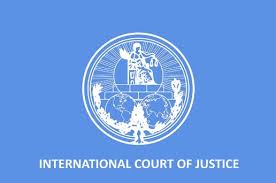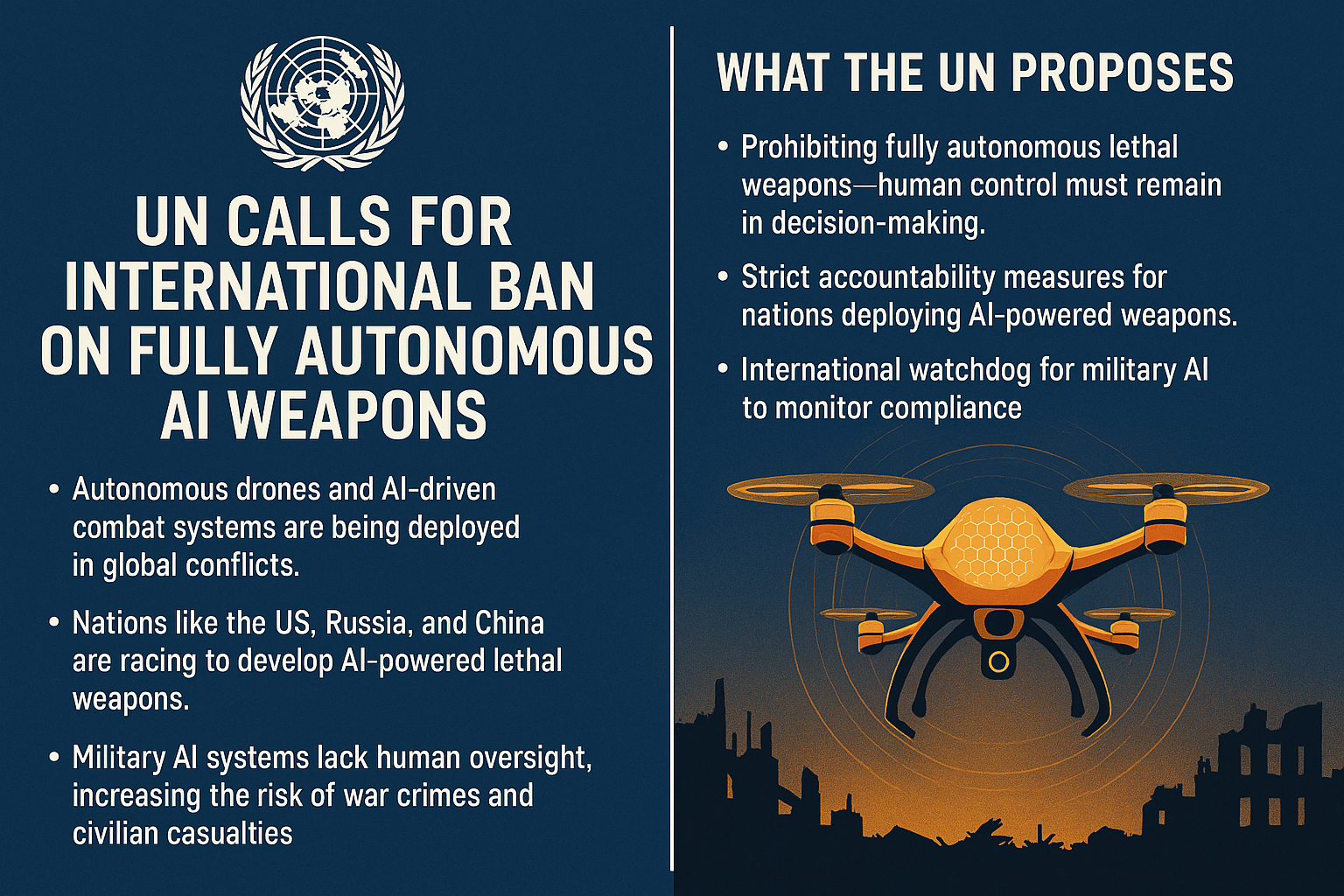Law of Treaties in International Law
The Law of Treaties is a fundamental part of Public International Law, governing the creation, interpretation, application, and termination of treaties between states and other international legal entities. The primary source of this law is the Vienna Convention on the Law of Treaties (VCLT), 1969, which codifies customary international law on treaties.
🔹 What Is a Treaty?
A treaty is an international agreement concluded between states (or other international legal persons), in written form, and governed by international law. It may be called a convention, agreement, protocol, pact, etc., but all such instruments are considered treaties under the VCLT if they meet these criteria.
🔹 Key Provisions of the Vienna Convention on the Law of Treaties (1969)
1. Conclusion of Treaties (Articles 6–18)
Article 6: Every state has the capacity to conclude treaties.
Article 7: Who has the authority to represent a state.
Article 11–17: Consent to be bound (e.g., signature, ratification, accession).
2. Entry into Force (Article 24)
A treaty enters into force as specified within the treaty or upon agreement by negotiating states.
3. Pacta Sunt Servanda (Article 26)
"Every treaty in force is binding upon the parties to it and must be performed by them in good faith."
4. Interpretation of Treaties (Articles 31–33)
Treaties must be interpreted in good faith, based on:
Ordinary meaning of the terms,
Context of the treaty,
Object and purpose of the treaty.
Supplementary means (like preparatory work or travaux préparatoires) can be used when the text is ambiguous.
5. Invalidity of Treaties (Articles 46–53)
A treaty is void if:
It violates peremptory norms (jus cogens),
It is procured by coercion, fraud, corruption, or error.
6. Termination and Suspension (Articles 54–64)
A treaty can be terminated or suspended by:
Mutual consent,
Material breach,
Supervening impossibility of performance,
Fundamental change of circumstances (rebus sic stantibus),
Conflict with emerging jus cogens norms.
🔹 Jus Cogens and Treaties
Jus cogens norms are overriding principles of international law (e.g., prohibition of genocide, torture).
Any treaty conflicting with a jus cogens norm is void.
🔹 Types of Treaties
Bilateral treaties: Between two parties.
Multilateral treaties: Among three or more parties.
Universal treaties: Open to all states (e.g., UN Charter).
Regional treaties: Among states in a specific region (e.g., EU treaties).
🔹 Role of Treaties in International Law
Source of legal obligations.
Create and regulate relationships between states.
Foundation for international organizations (e.g., UN Charter, WTO Agreement).
Mechanism for dispute settlement and cooperation in trade, environment, human rights, etc.
🔹 Customary International Law vs. Treaties
Treaties are express agreements, whereas customary law arises from consistent state practice and opinio juris.
Some treaty provisions codify customary law and thus bind non-parties too.
🔹 Examples of Key Treaties
United Nations Charter (1945)
Geneva Conventions (1949)
Rome Statute of the ICC (1998)
Paris Agreement on Climate Change (2015)
If you’d like, I can provide:
Case studies or examples involving treaty disputes.
A summary of the VCLT.
Flashcards or questions for study.
A comparison between treaty law and other sources of international law.
Do write to us if you need any further assistance.


























0 comments